The Contee Farm has attracted a motley crew in recent months. Architects, archaeologists, beekeepers, construction crews and trailblazers have all descended upon the grounds. Their interest in the property varies, but they share a common purpose: to prepare the farm for visitors. In the coming years the public will be able to use the site to explore the various ways humans impact the environment.
The Smithsonian Environmental Research Center acquired the 575-acre Contee Farm in 2008. The mansion dates back to 1747 and for many decades served as a hub for the surrounding tobacco plantation. In 1890 lightening struck the house and caused it to burn. Since then, it has been vacant and left to disintegrate brick-by-brick.
The first order of business was to stabilize the crumbling chimneys. Timber support braces resembling giant tinker toys were installed on both sides of the mansion. “It was nerve-wracking,” said SERC’s construction manager Ray Jones. One slip and the braces could have caused the chimneys to come crashing down. A crane, a boom lift and a team of six workers successfully hoisted them up. The crew’s more detailed work involved repointing the bricks with a historically accurate mortar mix made with shells.
In the process of stabilizing the ruins, workers unearthed an old stove and toilet, but the site’s main archaeological investigations are being conducted by professionals from Anne Arundel County’s Lost Towns Project. This summer a team of archaeologists and volunteers have spent most Tuesdays scooping up and surveying test-pits in a grid around the farm complex. They are trying to identify future dig sites. Archaeologist Lauren Schiszik says the Contee Farm is one of her favorite sites because of its dynamic landscape; humans have left their mark on the land from early prehistory to the present.
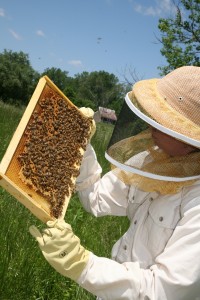
Outreach coordinator Karen McDonald inspects one of SERC\’s three new beehives. Photo: Peter G. Cane
Three beehives sit a safe distance from the dig sites. The honeybees are the newest tenants of the farm. SERC’s outreach coordinator Karen McDonald worked with collaborators from the National Museum of Natural History to build and install the hives. It is part of an effort to support the struggling pollinators whose populations have decreased significantly in recent years due to Colony Collapse Disorder.
During the flowering season, the bees feasted on the nectar and pollen from nearby wineberries, tulip poplars and trumpet creepers. Now that summer has set in, McDonald feeds them a steady supply of sugar water. She has incorporated the bees into her talks and will eventually create classes and programs around them. The larvae from the colonies will also make their way to NMNH’s insect zoo.
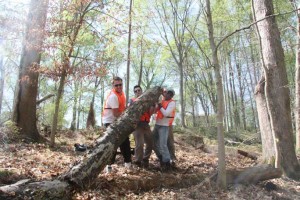
Earthwatch Institute volunteers help clear a path for the Contee Watershed Trail, which will be open to the public next spring. Photo: Anna Janovicz
This rich section of SERC’s campus will become much more accessible to visitors next May, when the new Contee Watershed Trail opens to the public. During the past few months, education director Mark Haddon has led volunteer crews of trailblazers through the farm’s woods. They have cleared fallen trees and flagged much of the two-mile route. The path will introduce hikers to the ecology, hydrology and importance of watersheds. It is one element of a multi-faceted education program Haddon has envisioned and called, “My Watershed, My Home.” He says he hopes the trail will inspire visitors to explore and become stewards of their own watersheds.
The survey and restoration work has been funded in part by the Maryland Heritage Area Program and the Chesapeake Bay Gateways Network.

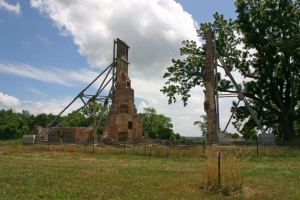
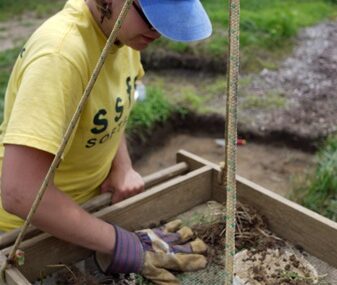
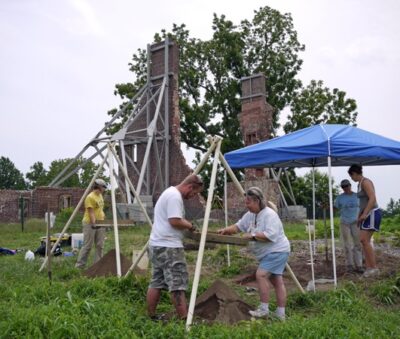
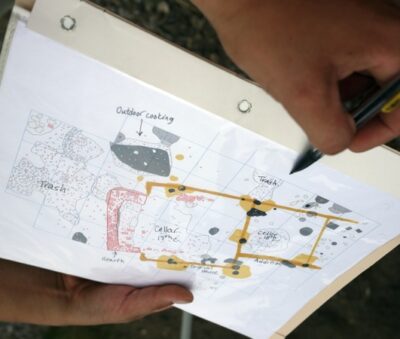
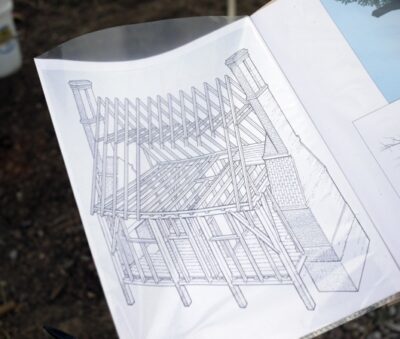
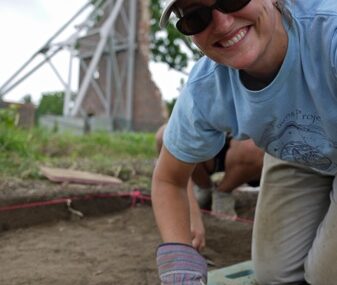
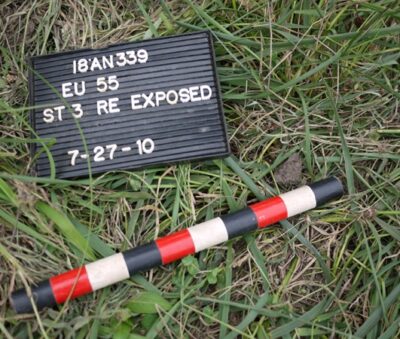
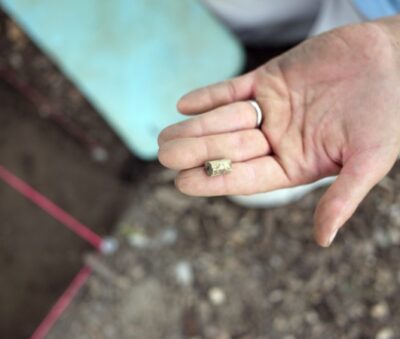
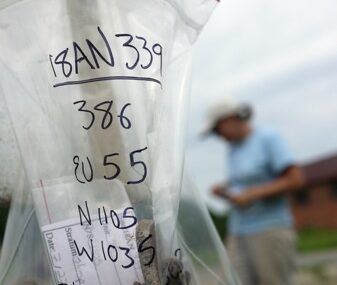

My ancestors were slaves on this plantation, does anyone have any books listing the names of all slaves.
Best Regards,
Phyllis